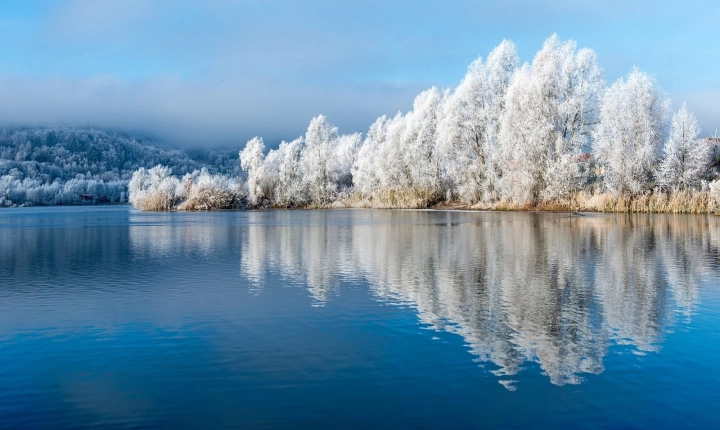Artificial intelligence (AI) has been revolutionizing the art world in recent years, offering new tools and platforms for both artists and art enthusiasts. From creating new art forms to assisting in the curation of exhibitions, AI is changing the way we interact with and create art.
One of the most prominent ways in which AI is used in art is through generative art. This involves using algorithms and machine learning techniques to produce art, often in collaboration with human artists. AI can analyze large data sets, identify patterns, and generate unique art pieces that push the boundaries of traditional art forms. This has led to the emergence of AI-generated music, visual art, and even poetry, challenging the notion of what it means to be creative and the role of the artist.
Moreover, AI has also been employed to enhance the art-making process through various tools and software. For instance, there are AI-powered drawing and painting programs that can assist artists in creating digital artworks with advanced features such as style transfer, color prediction, and even automated image generation. These programs enable artists to experiment with new techniques and styles, ultimately expanding their creative capabilities.
In addition to creation, AI is also playing a pivotal role in the curation and preservation of art. Museums and galleries are using AI to digitize and analyze their collections, making it easier to categorize and manage artworks. AI algorithms can help identify and authenticate artworks, detect forgeries, and even restore damaged pieces through advanced image processing techniques. This not only facilitates the preservation of cultural heritage but also enables a deeper understanding and appreciation of art.
Furthermore, AI is transforming the way art is experienced and consumed. Virtual reality (VR) and augmented reality (AR) technologies have been integrated with AI to create immersive and interactive art experiences. From VR art installations to AR-enhanced museum exhibits, these technologies allow viewers to engage with art in a more dynamic and personalized way, breaking down physical and geographical barriers.
On the business side, AI is also being used to analyze art market trends, predict auction prices, and personalize art recommendations for collectors and buyers. This data-driven approach is reshaping the art market and making it more accessible for both artists and collectors, while also raising questions about the impact of AI on the value and authenticity of art.
However, the increasing use of AI in art also raises ethical and philosophical questions. As AI becomes more proficient at creating art, it challenges the traditional notion of what it means to be an artist and the authenticity of human creativity. There is a debate about the role of AI-created art in the art world and its impact on the livelihood of human artists.
As AI continues to evolve, its influence on the art world is likely to grow even further, bringing both opportunities and challenges. While AI has the potential to enhance creativity, accessibility, and preservation in art, it also poses complex questions about the nature of art and the relationship between human and machine. Understanding and navigating these implications will be crucial as AI continues to shape the future of art.
